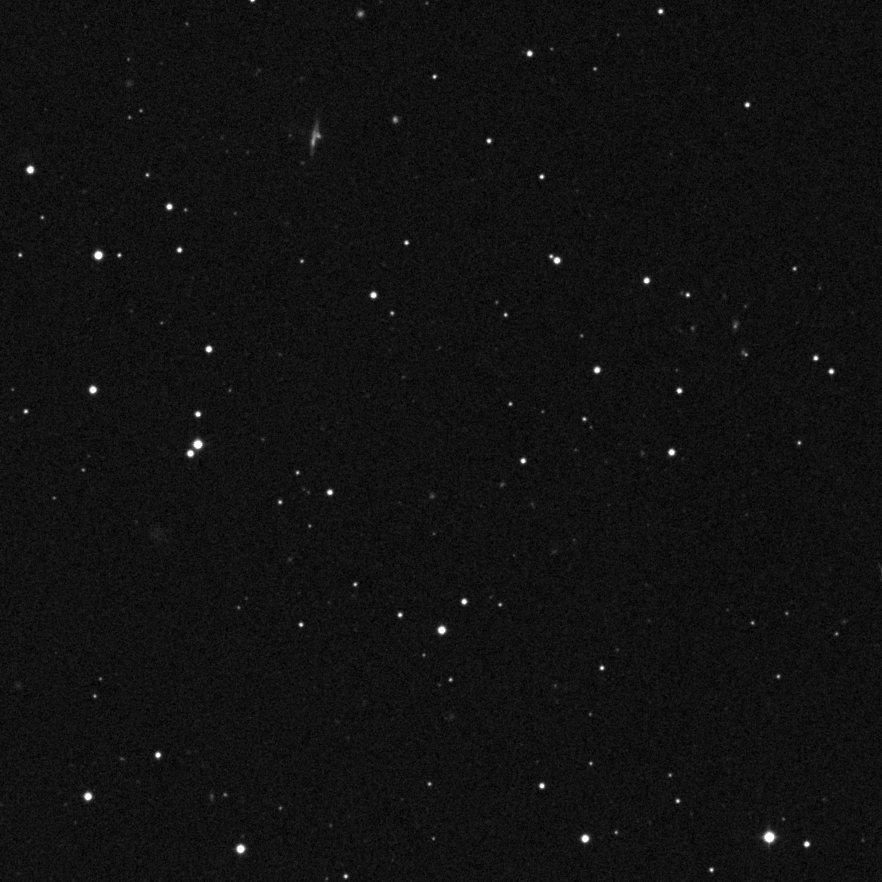
Fig. 1: A imagem supostamente escondida no Google Sky / The supposedly hidden picture from Google Sky (Space Telescope Institute)

Fig. 1: A imagem supostamente escondida no Google Sky / The supposedly hidden picture from Google Sky (Space
Telescope Institute)
Pode ser uma tarefa bem divertida procurar outras anomalias no Google Sky. Existem para todos os gostos e algumas bem estranhas (exactamente devido a problemas com as fontes...).
Quanto à questão do planeta Nibiru: não existe nada com esse nome.
Não existe também um planeta X. O planeta X seria o décimo planeta do Sistema Solar logo a seguir a Plutão.
Acontece que não descobrimos um objeto mas sim milhares deles (X, XI, XII,...) naquilo a que chamamos hoje de Cintura de Kuiper (fica nos confins do Sistema Solar).
Alguns desses objectos são mesmo maiores que Plutão razão pela qual acabou por ser introduzida a categoria de planeta anão: atualmente são reconhecidos cinco planetas anões:
Plutão, Eris, Makemake e Haumea (na cintura de Kuiper) e Ceres (mais perto na cintura de Asteroides).
Outros objectos da cintura de Kuiper podem ainda a ver considerados planetas anões (faltam aprimorar os dados):
Sedna, Quaoar, Ixion, Varuna.... (mas, pelo menos até agora, nenhum foi baptizado com o nome de Nibiru)
Voltando ainda à zona obscura no Google Sky: Os objetos mais próximos de nós deslocam-se sobre o fundo de estrelas distantes o qual parece estático dada a sua grande distância. É assim que descobrimos asteroides, cometas, objectos da Cintura de Kuiper, detritos espaciais,...
A zona escura que aparece no Google Sky é muito pequena para estar a encobrir um objeto próximo. Para tal teria de ser sistematicamente deslocada por forma a acompanhar o movimento desse objecto sobre o fundo de estrelas.
There are many comments about whether Nibiru, the intruder planet from 2012, even exists. I wonder why on Google Sky at the position (-6.01931; -91.5903) where the said planet Nibiru would supposedly be found, the image is censored. What is the explanation for this? Strange, if there is no planet X. What is there in this position that cannot be seen?
The matter of the void in this region on Google Sky has to do with an existing problem in the sources used to compose the map. It also appears in other applications similar to Google Sky for the simple reason that they use the same sources. At the Space Telescope Institute (https://archive.stsci.edu/cgi-bin/dss_form), we can see the image that is "hidden", by indicating the coordinates in the following format: 23:35:55.44 (Right Ascension, RA) and -00:00:23.19 (Declination, Dec), which exactly match Google Sky's -6.01931 and -91.5903. The "hidden" image is shown in Fig. 1.
It can be quite fun to look for other anomalies in Google Sky. There are some for all tastes, and a few are quite strange, precisely due to issues with the sources...
As for the question of the planet Nibiru: there is nothing by that name. There is also no planet X. Planet X would be the tenth planet in the Solar System after Pluto. It turns out that we didn't discover an object but thousands of them (X, XI, XII, etc.), in what we now call the Kuiper Belt, which is at the edge of the Solar System. Some of these objects are even larger than Pluto, which is why the category of dwarf planet was eventually introduced: five dwarf planets are currently recognized: Pluto, Eris, Makemake and Haumea from the Kuiper belt and Ceres, from the Asteroid belt. Other objects from the Kuiper belt can still be considered dwarf planets, although data on them needs to be improved: Sedna, Quaoar, Ixion, Varuna.... But, at least so far, none has been baptized with the name of Nibiru.
Going back to the dark zone on Google Sky: The objects closest to us move over the background of distant stars, which seems static given their great distance. That's how we discover asteroids, comets, Kuiper Belt objects or space debris. The dark area that appears on Google Sky is too small to be hiding a nearby object. For that, it would have to be systematically moved in order to follow the movement of that object over the background of stars.